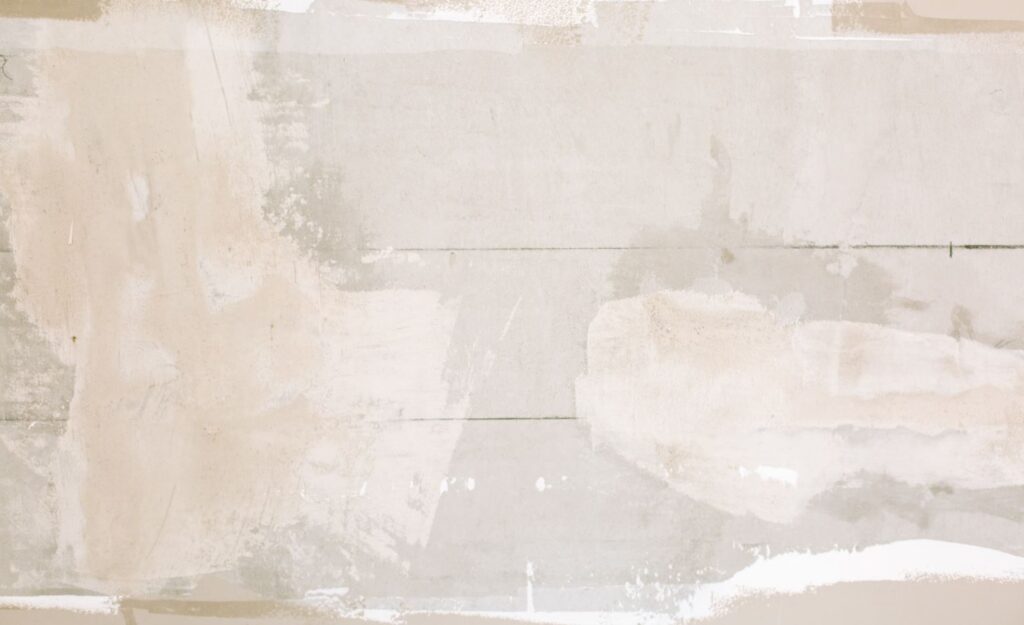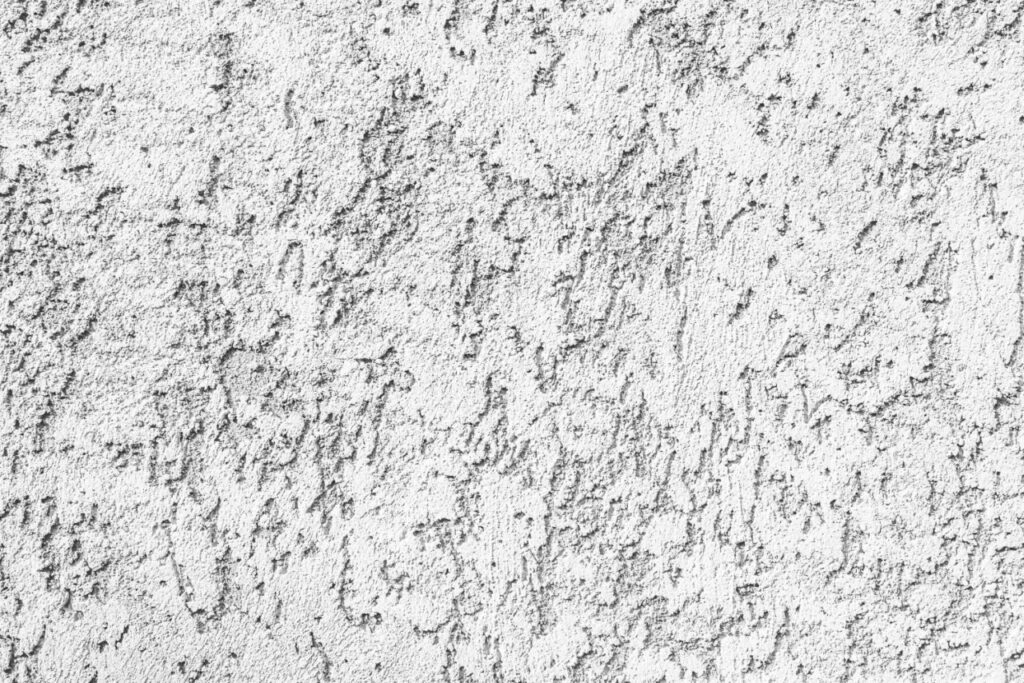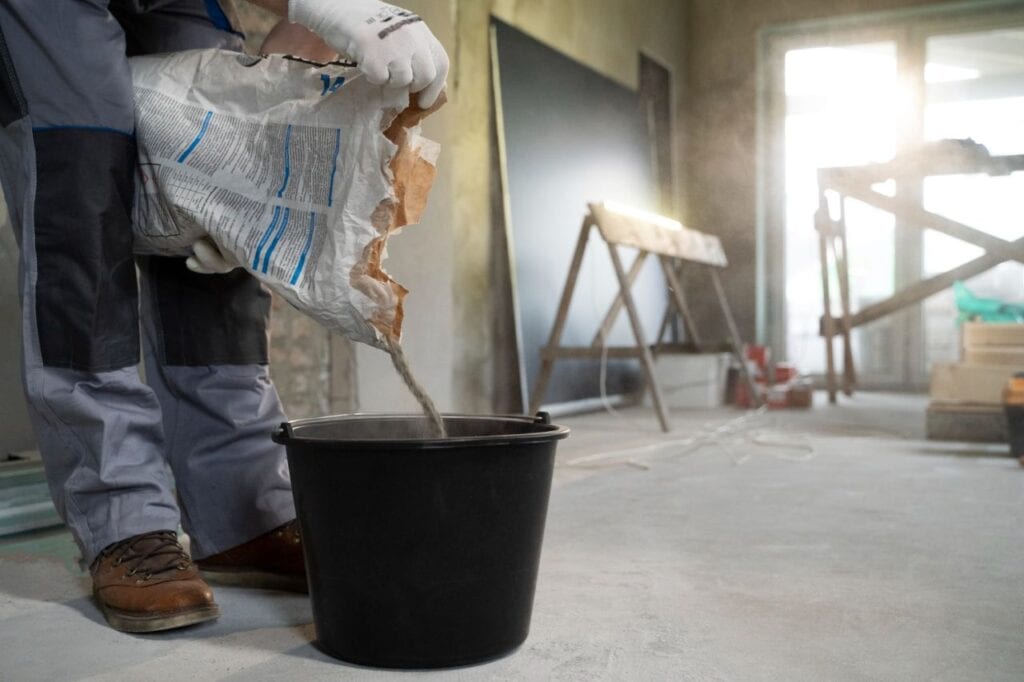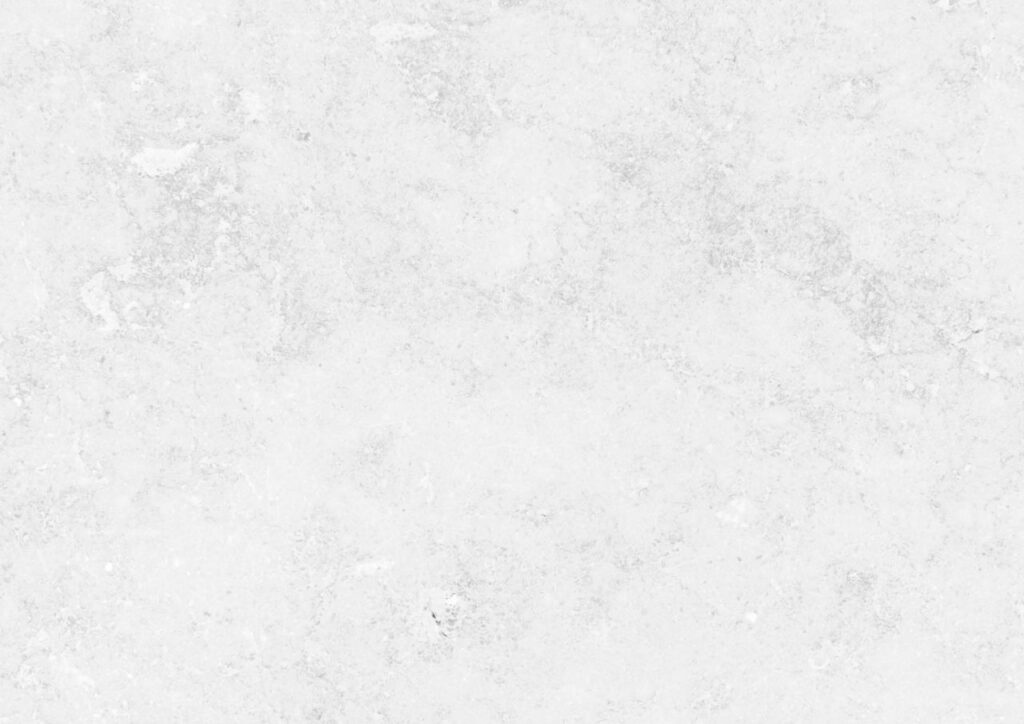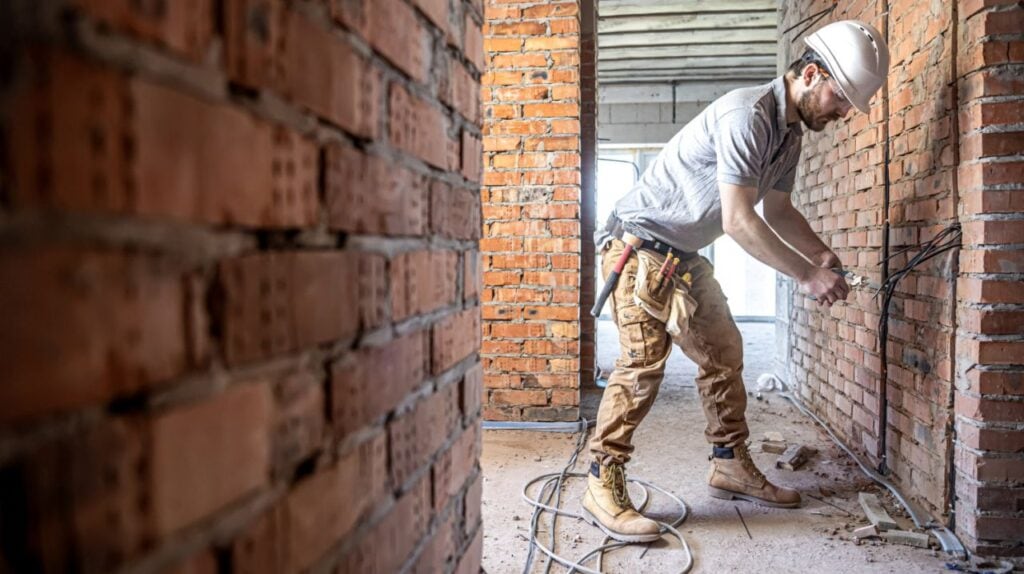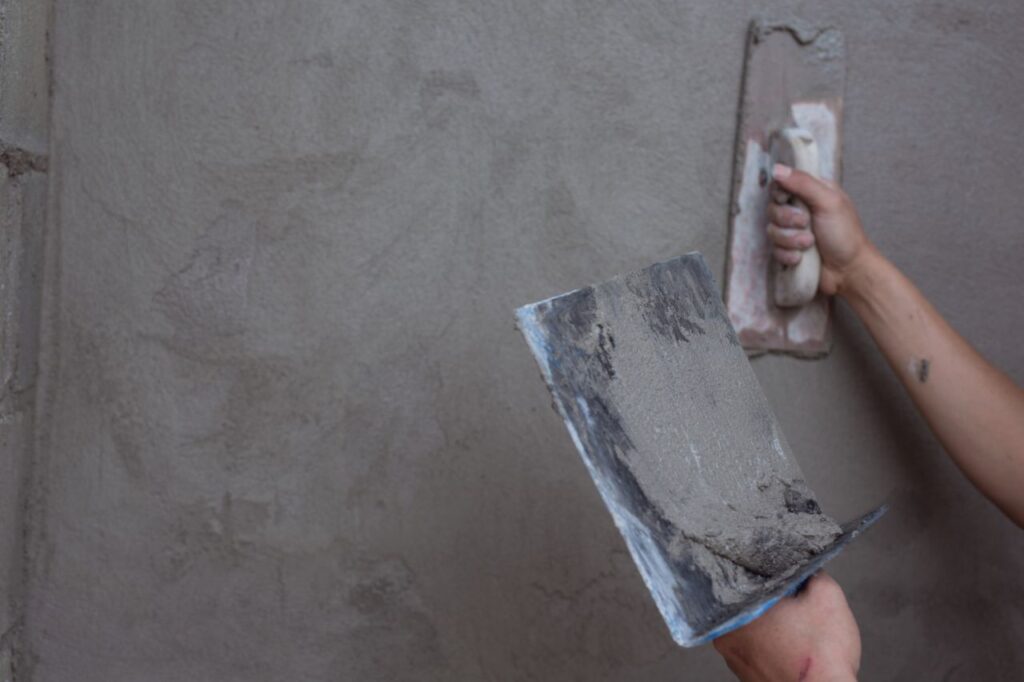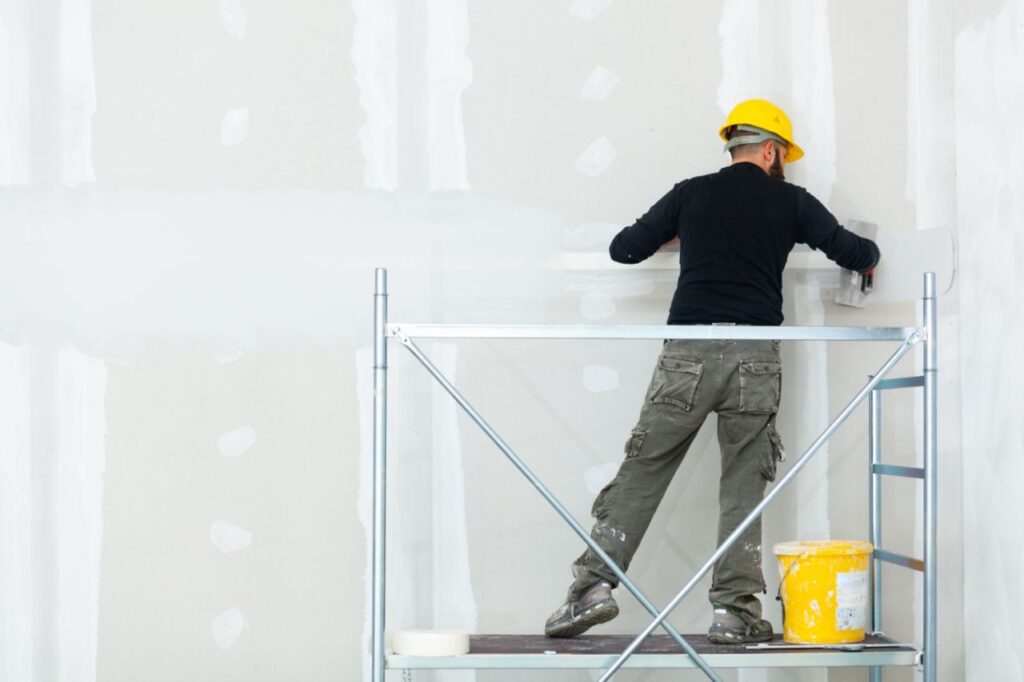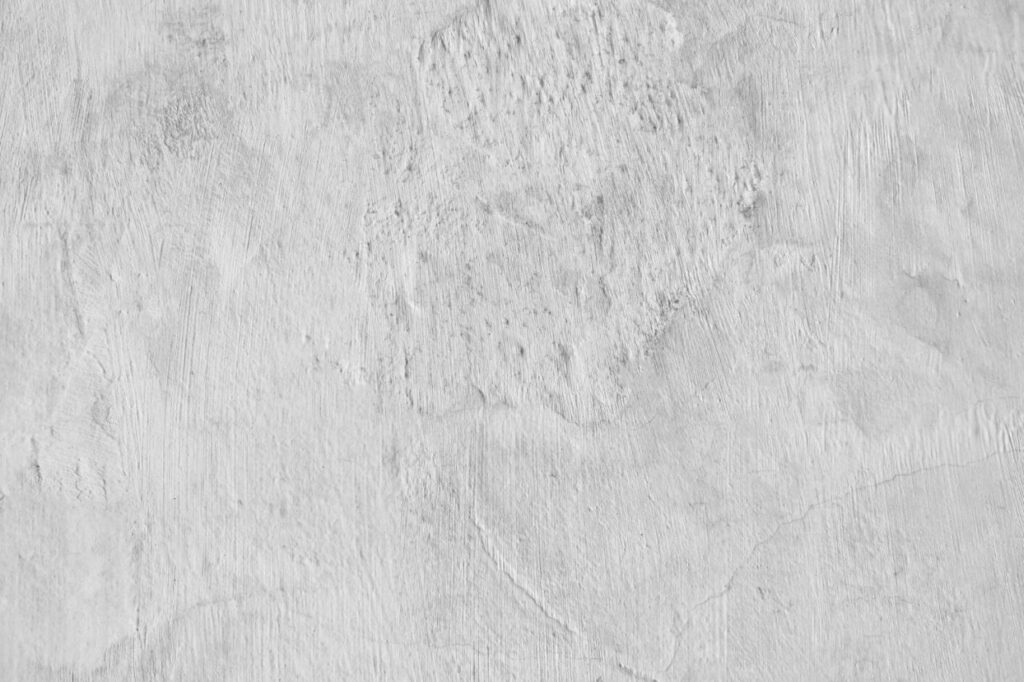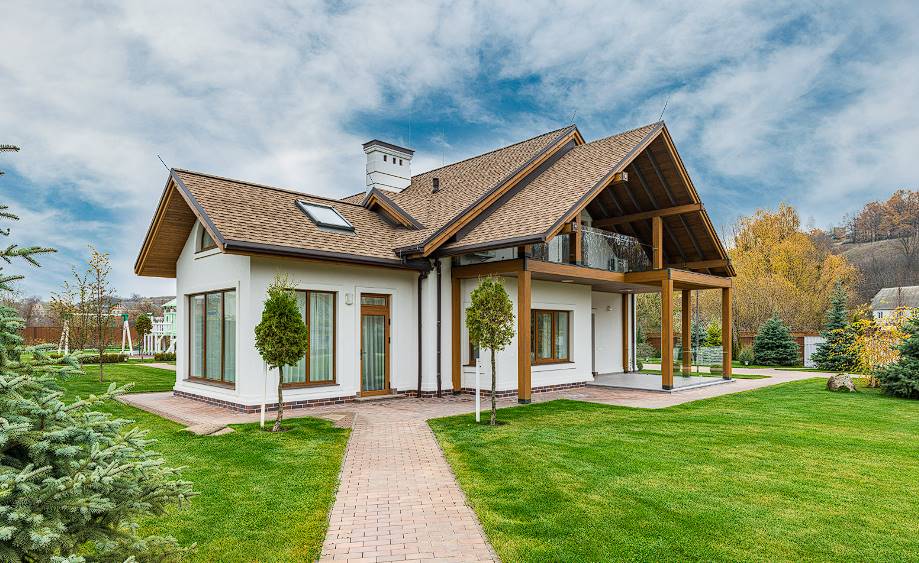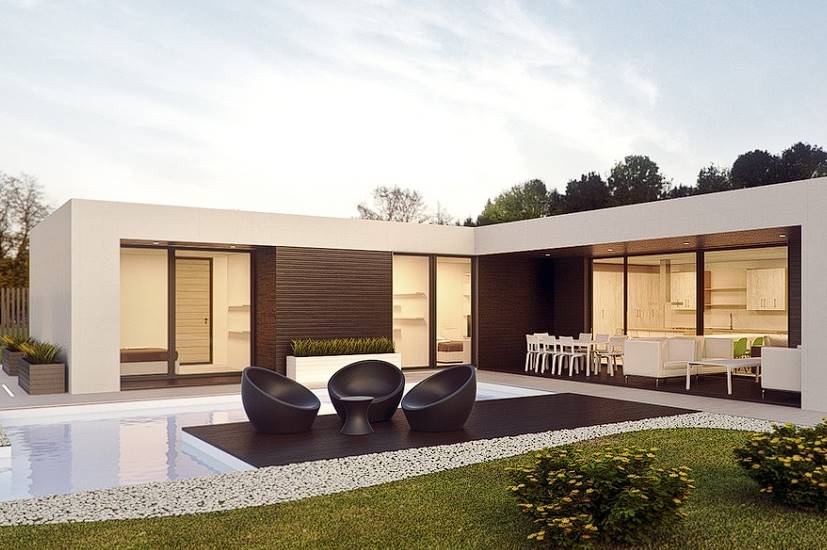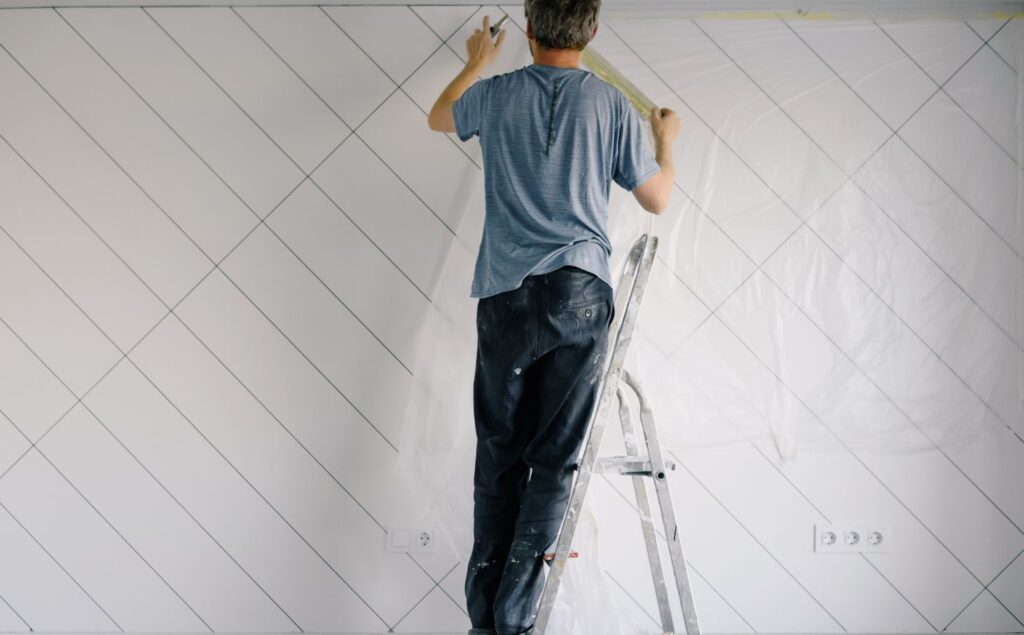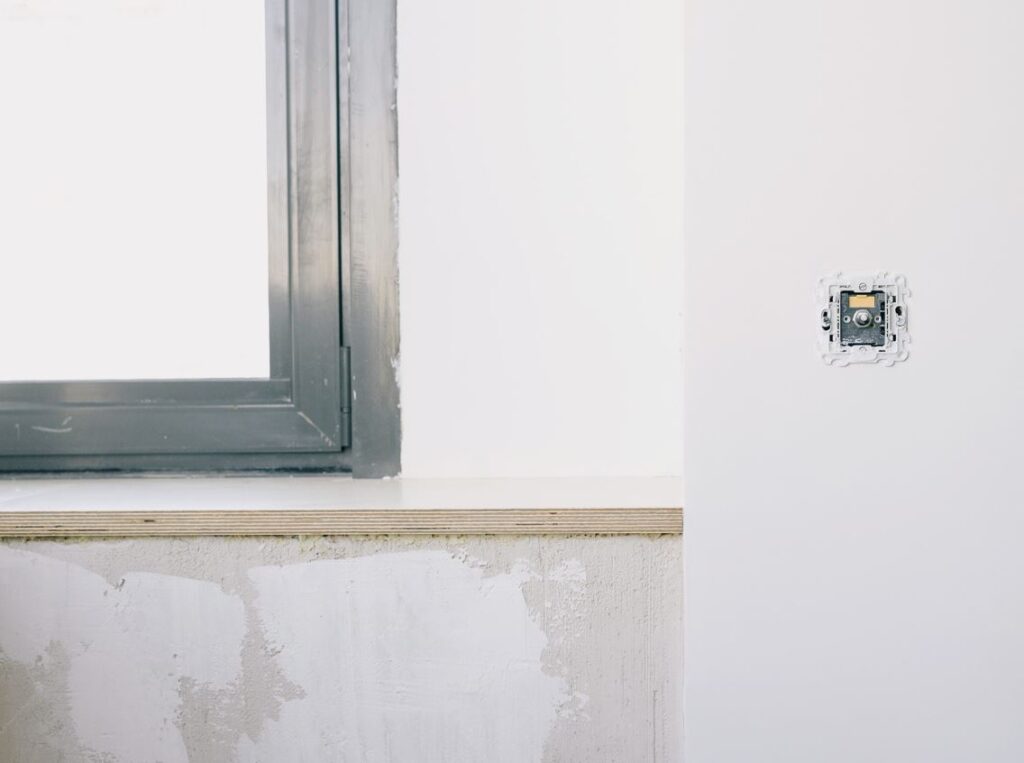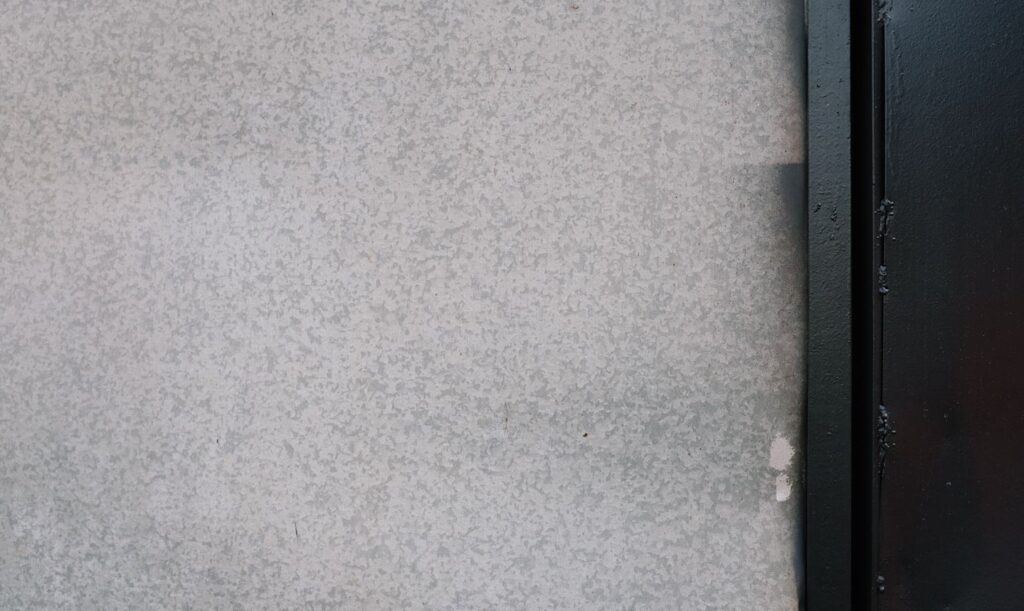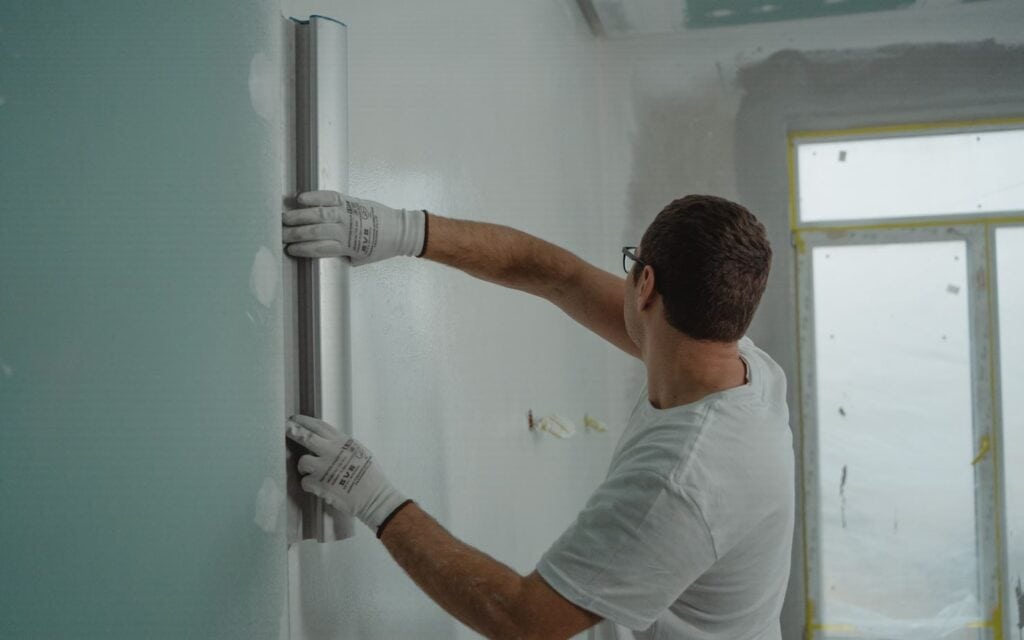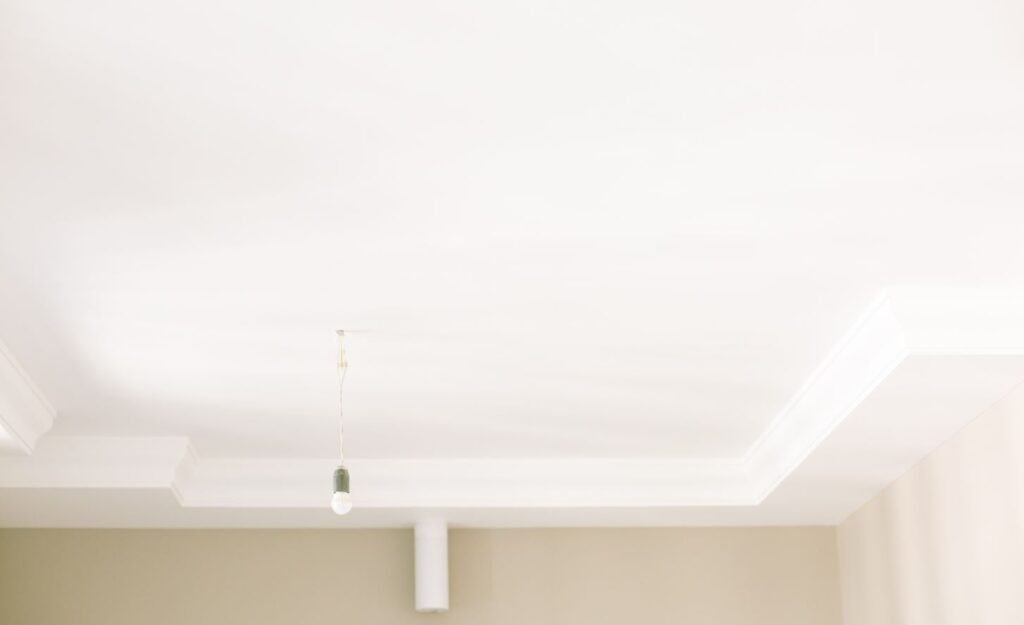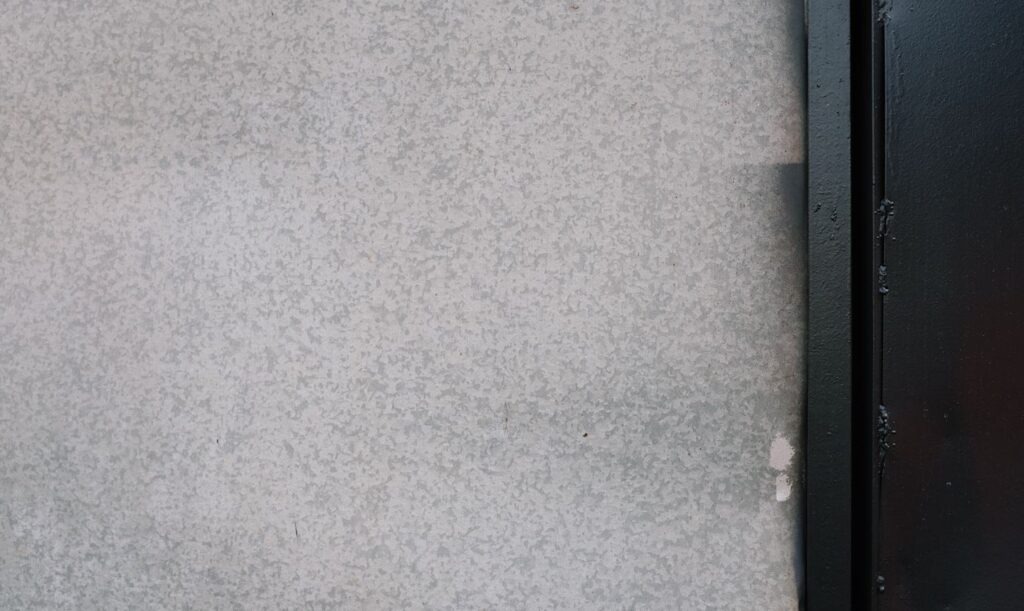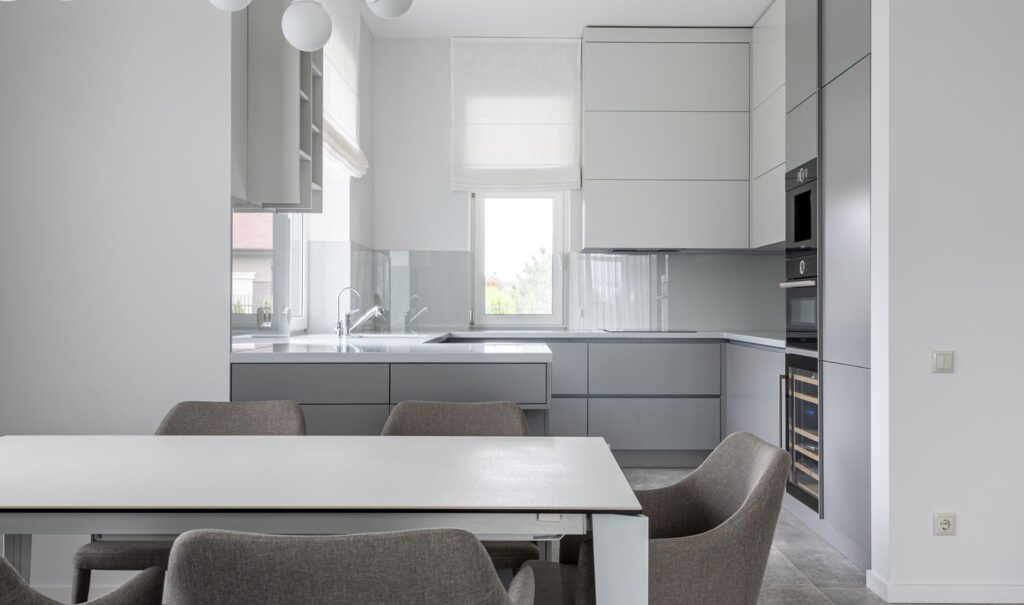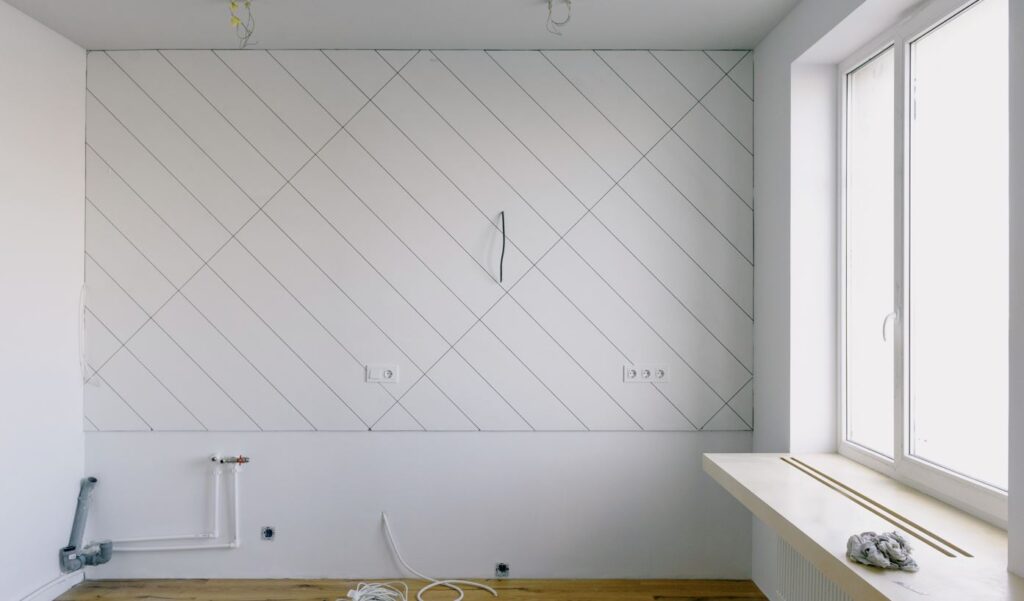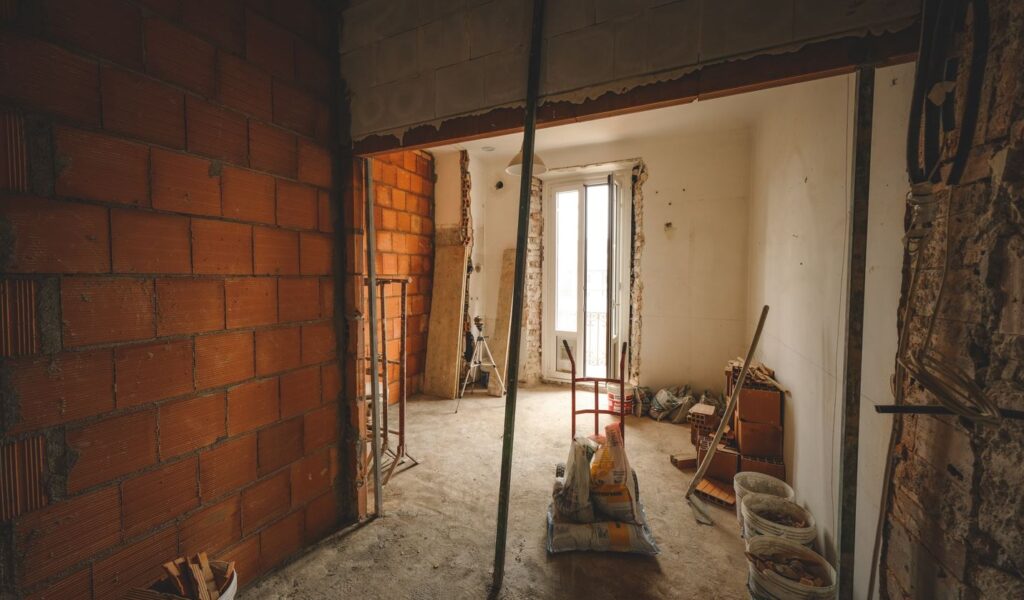How Is Plastering Different From Drywalling?
Plastering and drywalling are common methods for achieving flawless interior finishes in homes and businesses. These approaches can complete the look of walls and ceilings, but they operate differently.
Applying a plaster mixture immediately to a surface to create a smooth and long-lasting finish is a centuries-old practice known as plastering.
Drywalling, which involves the other hand, is the process of installing prefabricated panels of gypsum plaster placed between the paper layers. Panels like these are mounted to the framework of a wall or ceiling to make a sturdy, adaptable surface.
Homeowners, contractors, and anyone involved in building or renovating a home should know the differences between plastering and drywalling.
To provide a thorough grasp of the distinctions between plastering and drywalling, this article will go deeper into the qualities, advantages, and uses of each method.
What Exactly Is Plastering?
Plastering is used in buildings to give walls, ceilings, and other surfaces a smooth, finished look. Plastering entails covering a surface with cement, salt, and water. Plastering improves the look of a space by hiding flaws, creating a flat surface for additional decorating, and setting the stage for a professional paint job.
Plastering is an age-old technique that has proven effective. Experienced artisans use specialised tools like trowels to apply many coats of plaster to obtain the appropriate smoothness and texture. Plaster is put in thin, even coats that are allowed to dry in between applications. This method is useful for producing a permanent coating.
Plastering traditionally allows for personalisation and elaborate elaboration. Depending on the application method, artisans can make a wide range of textures, patterns, and designs. Plastering can be used on both exterior as well as interior walls and is frequently used in initiatives geared toward a traditional or classic aesthetic.
There are some benefits to plastering. It's great for covering up flaws like cracks and unevenness on surfaces so they don't detract from the overall look. It is appropriate for places with heavy foot traffic because of its high resilience and durability against damage and tear. Plastered walls and ceilings can also help reduce noise and keep heat in.
Plastering is a complex process that requires a high level of competence and experience. This method may be used in various settings, from private residences to public establishments and even historic restoration projects, all benefit from adding a touch of class and refinement.
What Exactly Is Drywalling?
Drywalling is a method of building in which a gypsum board is installed to form walls and ceilings inside a building. Prefabricated panels comprised of gypsum plaster placed between two paper layers are then installed.
Because of its practicality and low installation difficulty, drywall has gained widespread use in contemporary buildings. First, the required measurements are determined, and the drywall panels are measured and cut to size. After the panels are cut to size, screws or nails are used to secure them to the wall studs, resulting in a sturdy and permanent structure.
After the panels are in place, joint compound and tape reinforce the seams and joints. This makes the wall look as if it were constructed from a single, continuous slab of material. The next step is to smooth out the seams to be all the same height.
There are some benefits to using drywall instead of plaster. It's quicker and more standardised, so it's good for big projects that must move quickly. Drywalling doesn't require wet materials or numerous application layers as plastering does. Thus, it leaves less of a mess behind.
The adaptability of drywall is an additional benefit. Drywall panels produce a flat, uniform surface ideal for applying paint, wallpaper, or other decorative coverings. In the event of damage, drywall is simple to repair or replace, adding to its practicality and cost-effectiveness.
It's worth noting, though, that drywalling could have its limits. As opposed to plastering, it is more vulnerable to damage from collisions and dampness. Using moisture-resistant drywall or other appropriate waterproofing solutions is strongly recommended in wet environments like bathrooms and basements.
Wall and ceiling building with drywall is a common practice in the industry. It is effective, simple to set up, and can take on some aesthetic treatments. Drywalling is a practical and affordable option for creating smooth and completed surfaces in commercial and residential construction.
The Significant Differences Between Plastering And Drywalling
Plastering and drywalling are two very different approaches to finishing walls. Knowing these differences can help you choose the approach that will work best for your needs. Let's look at the variations in terms of the materials used, the method of installation, the lifespan, the aesthetic value, and the price.
Materials Applied
- Plastering: The basic ingredients of a plaster mixture are cement, sand, & water. This time-honoured method yields a superior final product that will last for years.
- Drywalling: Drywalling uses gypsum plaster panels that are prefabricated and consist of gypsum plaster over two paper layers. These panels are less cumbersome to work with because of their small weight.
The Installation Procedure
- Plastering: Plastering often calls for numerous coats of plaster to be applied by hand by expert tradespeople. This is a very time-consuming and labour-intensive technique.
- Drywalling: While drywalling, it's necessary to measure the space and cut drywall panels to size. After that, screws or nails are used to secure the panels to the wall studs. In comparison to plastering, installation goes quickly.
Longevity And Durability
- Plastering: Plaster walls, if cared for correctly, may endure several decades. The durability and wear resistance of plaster is second to none.
- Drywalling: Drywall is likewise sturdy, but it is more vulnerable to impact and water damage. Nonetheless, drywall that has been damaged can be simply fixed or replaced.
Aesthetic Value
- Plastering: Plastering is a classic material because of its one-of-a-kind beauty. Textures, patterns, & designs created by skilled artisans give any room personality and appeal. It has a classic, rustic aesthetic that makes it a popular choice for restoration projects and other similar endeavours.
- Drywalling: Drywalling provides a sleek and uncluttered look that works well with cutting-edge aesthetics. It's ready to be decorated with paint, wallpaper, or whatever else you may think of.
Factors For Cost
- Plastering: Plastering can be expensive since it often requires multiple coats, and the complexity of the pattern influences how many coats are needed. Due to the expertise required, traditional plastering methods might be more costly.
- Drywalling: Drywalling is more cost-effective than alternative methods, especially for larger jobs. The streamlined procedure cuts down on both time and money spent on labour.
With these distinctions in mind, it's vital to weigh some considerations while deciding between plastering and drywall. Think about the look you want, the size of the project, the cost, the upkeep, and the skill set of the people who will be installing it. Both approaches offer benefits and drawbacks, so it's important to evaluate your unique project requirements before making a final choice.
Smooth and completed walls can be achieved through either plastering, with its classic good looks and adaptability, or drywalling, with its speed and low cost.
Frequently Asked Questions About Plastering
Plastering can be more expensive due to the skilled labour involved, while drywalling is generally more cost-effective.
Drywall can be used in wet areas, but it requires proper moisture-resistant treatment or specialised drywall products, such as green boards or cement boards.
Plastering tends to provide better soundproofing qualities due to its density and thickness. However, additional soundproofing measures can be applied with drywalling, such as insulation materials.
Yes, it is possible to install drywall over existing plaster walls as long as the plaster is in good condition and properly secured.
Yes, textured walls can be achieved with drywalling using techniques like skip trowel, orange peel, or knockdown texture.
Which Is The Best Option For You?
There are several elements to consider when deciding between plastering and drywalling, including project needs, money, timing, personal design preferences, and the inherent qualities of each method. Think about the following factors when you weigh your options:
Factors to Consider
There are some things to consider while deciding between plastering & drywalling a room or building. Here are some crucial considerations:
- Aesthetic Preferences: Think about how you want your finished walls to look and feel. Plastering's traditional and rough look makes it a great choice for rustic and vintage decor. Drywalling creates a sleek, uncluttered look that works well with contemporary decor.
- Project Scale and Timeline: Think carefully about how extensive your project will be. Drywall may be installed more quickly than alternative materials, making it a good choice for large jobs with limited time. Plastering, being a more labour-intensive procedure, may take longer, making it more appropriate for less extensive jobs.
- Budget: Think about how much money you have available. Plastering is often more expensive than other finishes because it requires trained labour and specialised equipment. When money is tight, drywall is a good option because it is less expensive.
- Maintenance Requirements: Think about the upkeep that will be required over time. Plastering is long-lasting and requires little upkeep over time, earning it a reputation for durability. Due to its susceptibility to damage from collisions and moisture, drywalling may occasionally require repairs.
- Expertise and Availability: Find out if any knowledgeable specialists are available. To get good results when plastering, you need to learn the trade and gain expertise. The availability & cost of labour could be affected by the fact that drywalling can be done by a wider variety of professionals.
You can decide whether plaster or drywall is more suited for your job considering the considerations above. Consider your aesthetic tastes, the scope of the project, the budget, the upkeep needed, and the skillsets of the people working on the project to find the right fit. Professionals and contractors might be consulted for their unique perspectives and expertise.
Plastering's Advantages And Disadvantages
Plastering Advantages:
- Timeless Appeal: Plastering has a timeless and elegant look. Each room can benefit from the textured look and unique motifs.
- Customisation Options: Plastering allows skilled artisans great flexibility in creating textures, patterns, and designs. As a result, you can get finishes that are truly one-of-a-kind and tailored to your taste.
- Durability and Longevity: Plaster walls, if cared for correctly, may endure for decades. The tremendous durability and tolerance to wear & tear offered by plastering makes it an excellent choice for heavily travelled locations.
- Soundproofing and Thermal Insulation: Plaster walls, because of their density and thickness, can help to dampen outside noise. Also, they can insulate to some degree, which will aid in maintaining a comfortable temperature.
Plastering Disadvantages:
- Higher Cost: Plastering might be more expensive than other types of wall finishing. The expert work required to apply numerous layers of plaster and achieve the proper finish might raise the project's final cost.
- Time-Consuming: Plastering is indeed a labour-intensive procedure that necessitates the use of trained craftspeople. Putting many layers of plaster or allowing every coat to cure before proceeding can cause the installation to take longer.
- Limited Repair Options: Plastering is long-lasting, but if it is damaged, repairs might be more difficult. Repairs that look completely natural require the skill of experts who can duplicate the original surface's texture and finish.
- Susceptible to Cracks: Plaster walls often break over time because of shifting or settling. These fissures are fixable, but preventing further damage may need routine maintenance.
Consider these plastering benefits and drawbacks in light of your project's specifications, budget, and aesthetic goals. The advice of experts or specialists can be invaluable in guiding you towards the best course of action.

Drywalling Advantages And Disadvantages
Drywalling Advantages:
- Cost-Effective: Drywalling is generally more cost-effective compared to other wall finishing methods. The standardised manufacturing process and efficient installation techniques contribute to lower labour and material costs.
- Faster Installation: Drywall panels are pre-fabricated and easily installed, making the process quicker than plastering. This is especially beneficial for large-scale projects or tight timelines.
- Versatility: Drywall provides a smooth and even surface ideal for various decorative finishes, such as painting, wallpapering, or texture application. It offers flexibility in achieving different design styles.
- Ease of Repair and Replacement: In case of damage, drywall is relatively easy to repair or replace. Damaged sections can be cut out, and new panels can be installed, minimising downtime and cost.
Drywalling Disadvantages:
- Susceptible to Damage: Unlike plaster, drywall is more susceptible to damage from moisture and impacts. If too much pressure is applied, it will likely dent or crack. Damage can also be caused by moisture. Thus, it's important to take sufficient waterproofing precautions in damp places.
- Limited Customisation: Plastering offers more personalisation and character than drywall, yet drywall can be finished in various ways. Creating elaborate textures or patterns may require different procedures or materials.
- Less Soundproofing and Insulation: Drywall is not a particularly effective sound barrier or insulator. It may be necessary to take extra steps, such as adding insulating materials or soundproof treatments, to improve these characteristics.
- Professional Expertise: Even though drywalling may be done by a larger variety of specialists, it still requires the ability and expertise to achieve a flawless finish and proper installation. Inadequate installation might cause seams to show or the surface to be uneven.
Think about the needs, finances, and aesthetic goals of your project in light of these drywalling advantages and cons. Weigh the benefits and drawbacks of several factors, such as price, ease of setup, degree of personalisation, and security. The advice of experts or specialists can be invaluable when trying to make a choice.
Conclusion
Plastering and drywalling are two common techniques for achieving high-quality interior finishes in buildings of all types. Drywalling consists of hanging prefabricated panels of gypsum plaster sandwiched between paper layers, while plastering involves applying a plaster mixture directly to a surface to achieve a smooth and long-lasting finish. Plastering is a centuries-old method that may be used for both interior and exterior walls and allows for customisation and ornate embellishment. Significant resistance to wear and tear means it can withstand the wear and tear of significant foot traffic.
Drywalling refers to the practise of constructing interior walls and ceilings using gypsum board. It involves using prefabricated panels, having them cut to size, and then fastening them to the studs in the wall. Drywalling is ideal for huge projects that demand rapid mobility due to its speed and standardisation. Drywalling is also more flexible since it results in a smooth, homogeneous surface that is ready for painting, wallpapering, or any number of other decorative finishes.
The materials used, the method of installation, the longevity and durability, the aesthetic value, and the cost are the primary distinctions between plastering and drywall. While drywall is susceptible to damage from impacts and moisture, plastered walls are long-lasting and wear-resistant. Plastering is a time-tested material with a wide variety of possible finishes, making it a favourite for revitalisation initiatives. Drywalling, on the other hand, saves money because it requires less human labour, particularly on larger tasks.
Weighing the project's requirements, budget, timeline, personal design preferences, and the intrinsic features of plastering and drywalling is vital. Homeowners, builders, and renovators may make the most informed decisions possible by taking these things into account. Aesthetic preferences, project scope and timing, budget, maintenance needs, and experience are just few of the elements to think about when deciding between plastering and drywalling for a room or structure.
Plastering provides a classic and elegant appearance, while drywall is ideal for a modern or minimalist design scheme. Drywall is easier on the body and works well for huge operations with limited time while plastering calls for skilled workers and specialised equipment. Plastering lasts a long time and doesn't need much maintenance over time, but drywall breaks down easily from impacts and moisture.
The benefits of plastering are its adaptability, longevity, durability, and thermal insulation. Soundproofing and thermal insulation are only two of its many uses, and it works well in high-traffic areas. However, it's more costly, takes longer to install, and necessitates the expertise of professional workers. Plaster walls break easily, and there are few ways to fix them.
Drywall is a great option because of its low price, quick installation time, adaptability, and ease of maintenance and replacement. However, there is less soundproofing and insulation, greater susceptibility to damage from moisture and impacts, and fewer customising options. For a perfect final product and seamless installation, professional assistance is essential.
When deciding between plastering and drywall, it is important to weigh the project's requirements, budget and desired aesthetic. You may make an educated option that fits your project's objectives and budget by thinking about things like cost, ease of setup, degree of personalisation, and security.
Content Summary
- Plastering and drywalling are two different methods for achieving flawless interior finishes.
- Plastering is a centuries-old practice of applying a plaster mixture to create a smooth and long-lasting finish.
- Drywalling involves installing prefabricated gypsum plaster panels between paper layers to create a sturdy surface.
- Understanding the differences between plastering and drywalling is important for homeowners, contractors, and anyone involved in building or renovating a home.
- Plastering uses cement, sand, and water to cover surfaces and create a finished look, hiding flaws and preparing for paint.
- Skilled artisans apply multiple coats of plaster using specialised tools, allowing for personalisation and elaborate designs.
- Plastering is durable, reduces noise, and can be used on both exterior and interior walls.
- Drywalling uses prefabricated gypsum plaster panels that are cut to size and secured to the wall studs.
- Joint compound and tape are used to reinforce seams, creating a seamless appearance.
- Drywalling is quick, standardised, and suitable for large projects.
- A drywall is more vulnerable to impact and water damage but can be easily repaired or replaced.
- Plastering has a timeless appeal and allows for customisation, while drywalling provides a sleek and uncluttered look.
- Plastering can be more expensive due to the complexity and expertise required.
- Drywalling is cost-effective and efficient, reducing labour and material costs.
- Plastering walls can endure for decades with proper care and maintenance.
- Drywall is easy to repair or replace if damaged.
- Plastering offers soundproofing and thermal insulation properties.
- Drywall is less effective as a sound barrier or insulator.
- Plastering requires skilled artisans and is labour-intensive.
- Drywalling can be done by a wider variety of professionals.
- Consider aesthetic preferences, project scale, budget, maintenance requirements, and expertise when choosing between plastering and drywalling.
- Both methods have their benefits and drawbacks, so it's important to evaluate project requirements.
- Plastering provides a timeless appeal, customisation options, and durability but can be more costly and time-consuming.
- Drywalling is cost-effective, quick to install, versatile, and easy to repair or replace, but it is susceptible to damage and offers limited customisation.
- Consultation with experts or specialists can provide valuable guidance in decision-making.
- Plastering uses cement, sand, and water to create a smooth and long-lasting finish.
- Drywalling involves installing prefabricated gypsum plaster panels between paper layers.
- Plastering covers flaws, creates a flat surface, and prepares for paint.
- Drywalling is standardised, quick to install, and suitable for large projects.
- Plastering allows for personalisation and elaborate designs.
- Drywalling provides a sleek, uncluttered look and is ready for decorative finishes.
- Plastering is durable, reduces noise, and can be used on both exterior and interior walls.
- Drywalling is cost-effective, efficient, and easy to repair or replace.
- Plastering can be more expensive and time-consuming.
- Drywalling is susceptible to damage from impacts and moisture.
- Plastering requires skilled artisans, while drywalling can be done by a wider range of professionals.
- Consider aesthetics, project scale, budget, maintenance, and expertise when choosing between plastering and drywalling.
- Plastering offers timeless appeal, customisation, and durability.
- Drywalling is cost-effective, quick, versatile, and easy to repair or replace.
- Consult experts or specialists for guidance in decision-making.
- Plastering uses cement, sand, and water for a smooth finish.
- Drywalling involves installing gypsum plaster panels between paper layers.
- Plastering hides flaws, creates a flat surface, and prepares for paint.
- Drywalling provides a sleek look and is ready for decorative finishes.
- Plastering is durable, reduces noise, and can be used on both exterior and interior walls.
- Drywalling is cost-effective, efficient, and easy to repair or replace.
- Plastering can be expensive and time-consuming.
- Drywalling is susceptible to damage from impacts and moisture.
- Consider aesthetics, project scale, budget, maintenance, and expertise when choosing between plastering and drywalling.
- Consult experts or specialists for guidance in decision-making.

